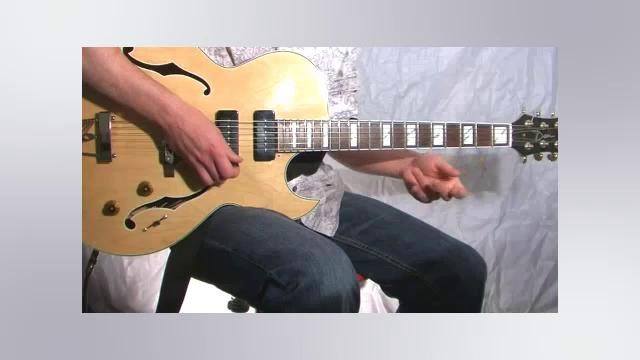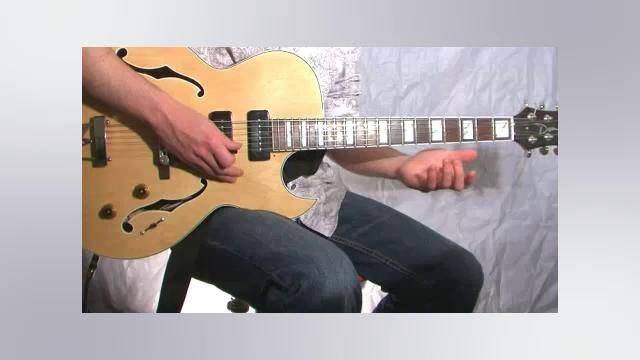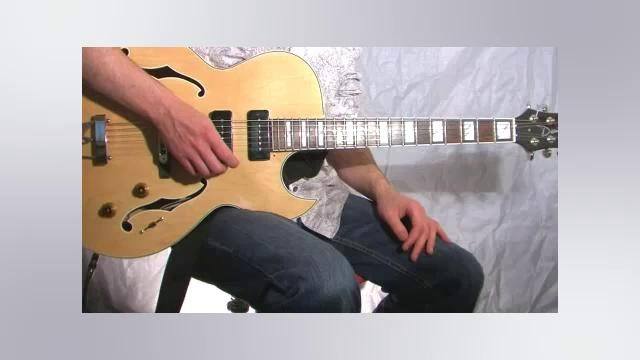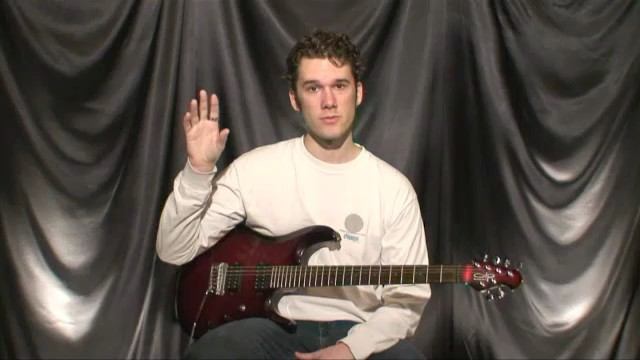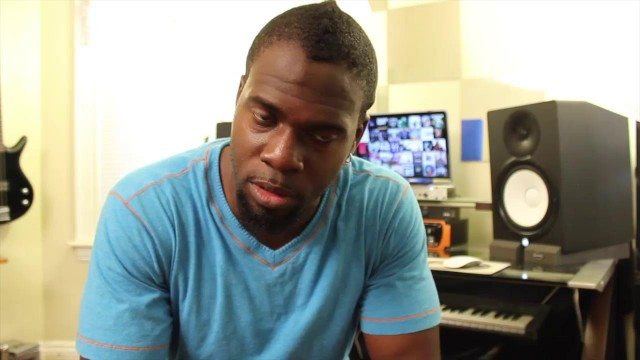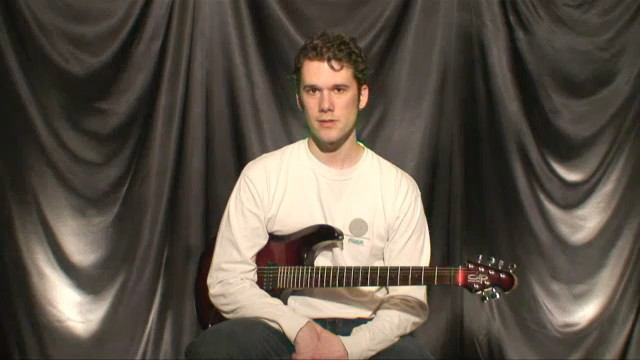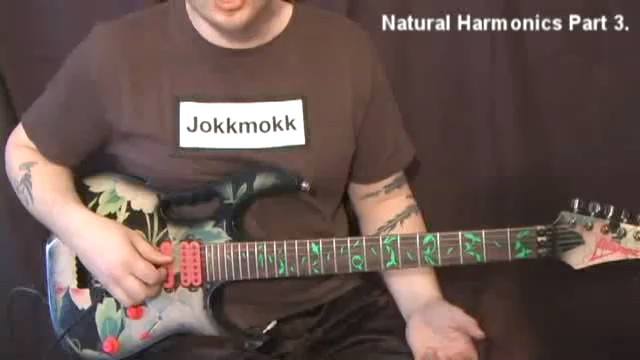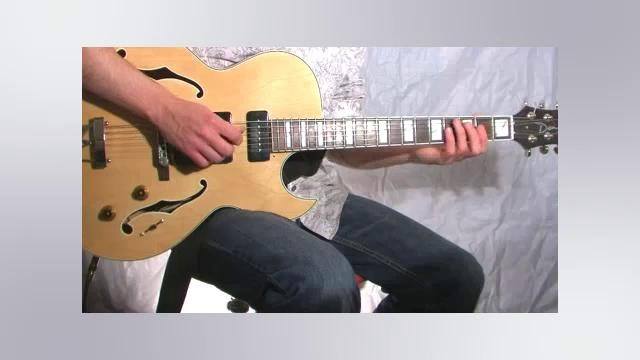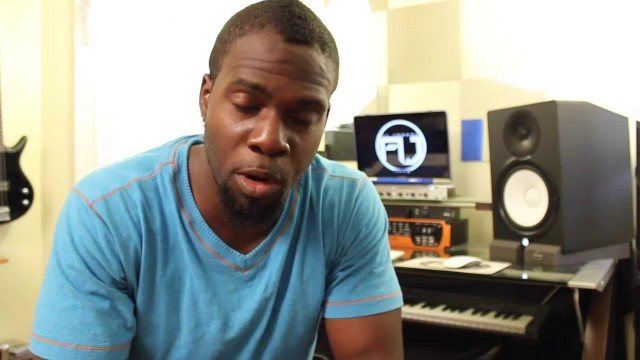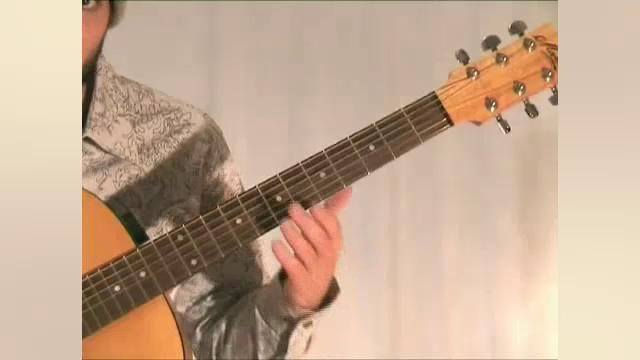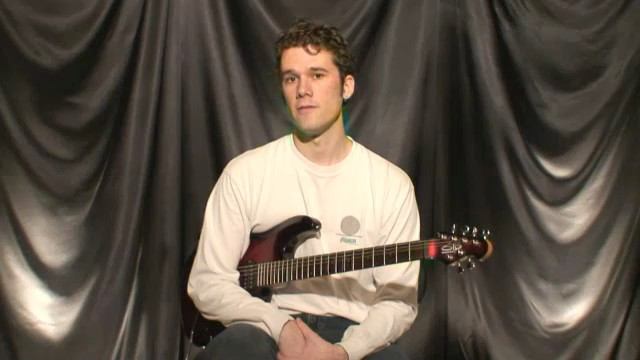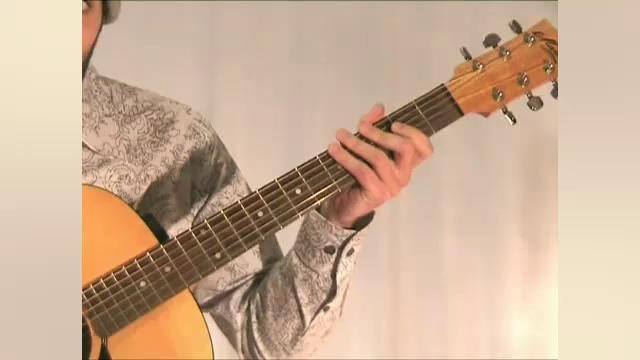The hardest thing for a guitar player to do is to read standard notation. For a lot of guitar players, this is something they would rather not do because it's "too hard." But if you wish to grow from just a guitar player into a musician, music reading is essential! If you decide to become a studio musician or go onto a music college or join a jazz band, it is a good idea that you are going to have to know how to read music. If you go into a studio and they put a chart in front of you and you don't know how to read it, they are not going to hire you again and they are not going to bend themselves to your needs.
When I first got into college, I had no idea how to read music at all, and my teacher assumed that we all could read somewhat, so he just threw a violin piece in front of us and expected us to read it, and that experience really tuned me off to reading, but I knew in order to make it, I had to learn this, and I am glad I did.
Now I am going to make your music reading experience as painless as possible and if this is your first time reading, we are going to take baby steps here and take it piece by piece.
The first thing we need to get a hold of is a good sense of rhythmic structure and be able to not only keep time with the rhythm but understand the different notes that we will be working with and how they are used on the staff.
We will be primarily working with the treble clef because that is the clef that most guitar music is read on. The treble clef is also called the G clef because the clef encircles the line that the G note is located on.
![]()
On the staff, there are 5 lines and 4 spaces. The 5 lines consist of the notes, starting from lowest line to highest: E, G, B, D, F. A good way to remember them is: "Every Good Boy Does Fine" The notes on the spaces, starting from lowest to highest is: F, A, C, E. A way to remember these is just to remember the word "Face" These notes are divided up into what are called "Measures" or "Bars" on the staff. 
The first notes that we will work with here are the whole note, half note, whole rest, half rest, quarter note and quarter rest. The whole note just looks like a hollow oval and is held out for 4 beats in a measure. So when playing this note, just hold the pitch for the entire measure. Count it out as "One-Two-Three-Four"
![]()
The whole rest looks just like a hole in the ground, which is a good way to remember what the whole rest is written out as. This note, just like the whole note, is held for 4 beats, so when seeing this in a measure, don't play anything for the entire measure.
![]()
The half note looks just like the whole note, except we now attach a stem to one end of the note head. This steam can either be up or down depending on where the note is written on the staff, which we will talk about later. This note is held out for 2 beats in a measure of music. Count this out as "One-Two"
![]()
The half rest looks just like the whole rest except that for this one, we turn the rest over so that it resembles that of a top hat. This note, just like the half note, is 2 beats long, so when seeing this in a measure, you don't play anything for 2 beats.
![]()
The quarter note looks just like the half note, except that this note has the note head completely filled in. This note is held out for 1 beat in each measure. Just count this out as "One"
![]()
The quarter rest looks like a little deformed "S", the best way I can describe it with words. This is also one beat long, so when you come across this, you don't play for one beat in a measure.
![]()
We will also be working primarily within a 4/4 time signature, which is located at the beginning of a piece of music. All a time signature does is tells us how beats are divided within a measure. A time signature is fairly easy to understand: The top number indicates how many beats are within a measure and the bottom note indicates what type of note gets the beat. So in our case, there are going to be 4 beats in every measure and the quarter note is going to get the beat. There are other time signatures that I will introduce like 3/4 and 6/8, but that won't be till later on.

This exercise will help familiarize you with how these notes and rests are counted out. First, be sure to get a nice steady beat going, preferably with your metronome, or along with a drum machine. about 60 bpm will do. Count out this exercise aloud and clap along with the beat to get familiarized with it and get it in your head, then you can play this with your guitar with your metronome. It doesn't matter what string you play this on. The low E will do.
















































































































